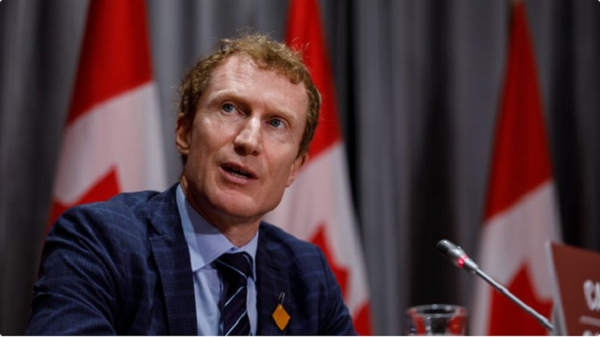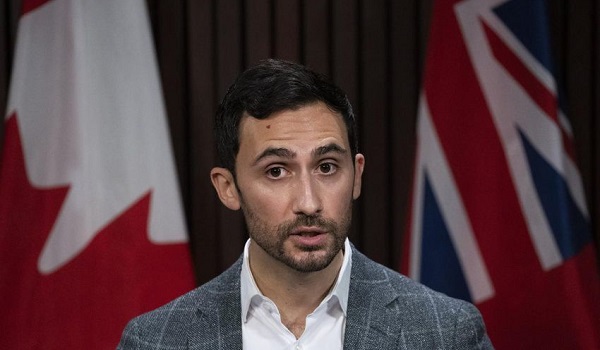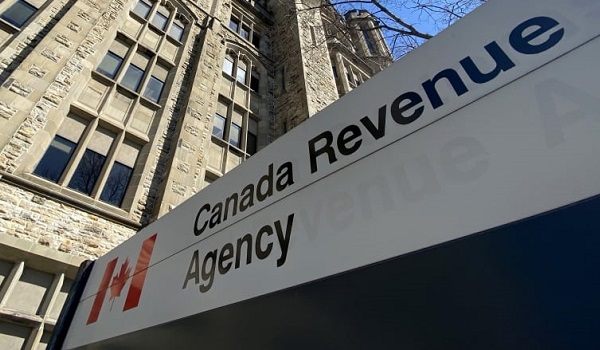Ottawa clamping down on foreign workers to tackles housing crisis among others
The federal government is clamping down on the number of migrant workers in Canada while trying to boost access to permanent residence for those already here, to rein in population growth that’s contributed to a housing crisis and strained resources.
After imposing a quota on the study permits issued and reintroducing a cap on international students’ work hours, Ottawa will reduce the share of temporary residents of the overall population from the current 6.1 per cent to five per cent over three years.
The scaling back would translate to 500,000 fewer bodies or a 20 per cent drop in the number of non-permanent residents by 2027 from the current 2.5 million people. It’s a major policy move that was welcomed by critics as a first step to manage the burgeoning temporary population.
“As global conditions change, as our labour market tightens, and as the types of skill sets we look for in our future workforce evolves, so should our policies,” Immigration Minister Marc Miller told a news conference on Thursday.
“We need to be more strategic in how we assess demand and the international students and temporary foreign workers that we are welcoming into the country. We need to ensure the number of temporary residents entering the country is at a sustainable level.”
During the pandemic, the government made a series of policy decisions to relax the rules on international students and migrant workers to ease the dire labour shortages across the country while opening the doors to displaced Ukrainians and Afghans on humanitarian grounds. These measures have contributed to the growth of the temporary resident population from 1.4 million just two years ago.
Temporary residents are made up of international students (42 per cent), work permit holders (53 per cent) and asylum seekers (five per cent). Among the work permit holders, the only group that officials can easily manage are migrant workers, who require a job offer to come Canada, and that’s where restrictions will come to limit intake.
(Refugee claimants and temporary residents here on humanitarian grounds such as Ukrainians and under trade agreements are eligible for work permits but Canada can’t effectively manage how many are coming in.)
As of May 1, Employment Minister Randy Boissonnault said employers will face more stringent rules:
•The permits issued to them to bring in temporary foreign workers will only be valid for six months, down from the current 12, to ensure accurate labour market needs;
•The share of low-wage temporary workers in the workplace will be restored to 20 per cent from the 30 per cent allowed during the pandemic, with an exception for the construction and health-care sectors;
•On top of proving no Canadian citizens or permanent residents can fill the vacancies, employers must also show officials their effort to hire asylum seekers and other work permit holders inside Canada before they bring in overseas workers.
“We are now in a different economic picture with the gap between unemployment and job vacancies closing and a tightening labour market.” Boissonnault told reporters.
“We’re actually seeing signs that Canadian and permanent resident workers are eager to find jobs to help make ends meet. And seeing this change, we know it’s now time to ease our reliance on foreign workers and begin ramping down certain temporary measures that we put in place in 2022.”
It’s yet unknown how quickly these measures will reduce the number of temporary residents arriving and slowing the growth of Canada’s population — now nearing 41 million — because those who need a job offer to enter Canada only account for nine per cent of that 2.5 million population.
Mike Holden, chief economist at the Business Council of Alberta, said the federal policy shift was not surprising.
“We’re contending with some of the challenges associated with the huge spike in population growth,” he said. “And part of that growth has been driven by a large increase in the number of temporary foreign workers and nonpermanent residents.
“The government is taking steps to curtail some of that in response to some of the spillover effects that we’ve seen on housing in particular.”
But there are going to be trade-offs due to labour-market mismatch challenges where companies, especially those in smaller remote communities, are unable to find people to fill positions locally.
He said industries most likely affected will be tourism and hospitality, as well as food processing, where the policies could potentially put upward pressure on wages or require other kinds /of recruitment efforts or better targeting these skills of the workforce to the kinds of jobs available.
Shortening the validity of employers’ permits to bring in foreign workers, he said, could also create extra administrative burden because now they need to go through the application process after every six months if they need additional workers.
Miller said the Immigration Department will open up the access to permanent residence for temporary residents already in Canada and start setting annual targets for their admission in its immigration plan, which only manages permanent arrivals. There’s a need to ensure both streams align so international students and migrant workers looking to stay would have a fair chance to become permanent residents.
Independent immigration policy analyst Kareem El-Assal said capping temporary residents is good for service and infrastructure planning but how the government is going to impose that remains a question, given there are still about 700,000 job vacancies across Canada.
“What we want to avoid is an overly punitive approach that penalizes sectors and employers with genuine labour shortages,” said El-Assal, founder of section95.com, an online blog that provides analyses of Canada’s immigration system.
“The government has to be careful to ensure consistency in both its permanent and temporary residence policies.”
Syed Hussan of the Migrant Workers Alliance for Change said the government needs to stop fiddling with rules and imposing caps against vulnerable temporary residents.
“The urgent problem isn’t the number of migrants or jobs,” Hussan said. “It’s that migrants are being exploited at work, treated poorly by landlords, and denied vital services like health care and education, because they are denied permanent residency.
“Migrants have been some of the worst impacted by the affordability and housing crises, and, at the same time, have been scapegoated for it.”
Federal officials will meet their provincial counterparts in early May and June to develop plans to strengthen the alignment between immigration planning, community capacity and labour market needs to support predictable population growth.
“How we do it is something that will be the subject of discussion in our meetings with the provinces,” Miller said.
This article was first reported by The Star















